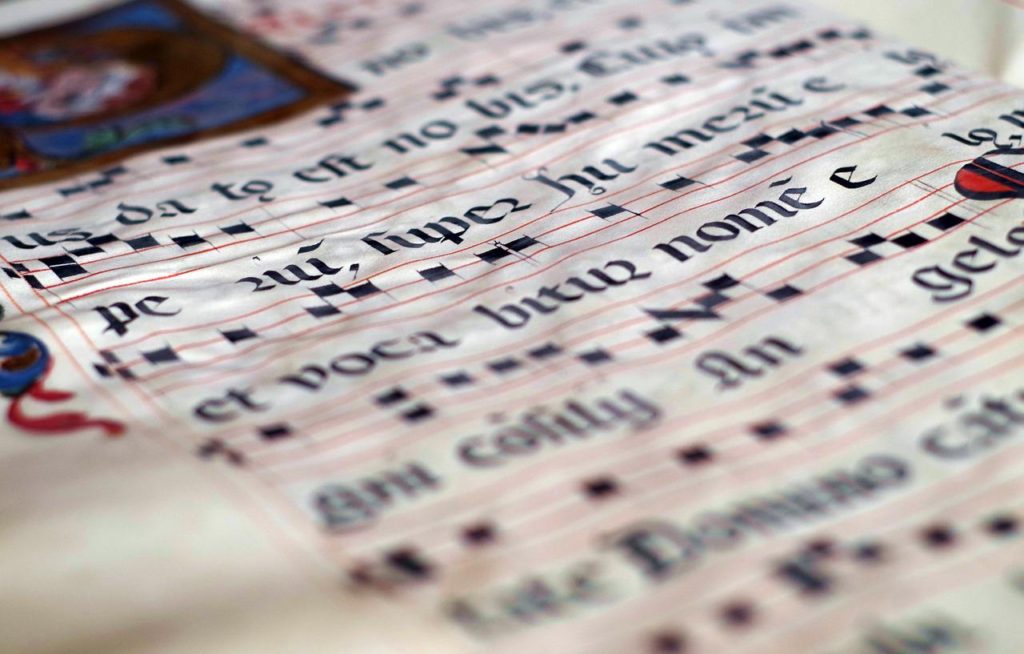Do you want to know how adverbs work? They are amazingly versatile words that can impact many parts of speech within a sentence. It’s critical that writers, songwriters, and poets know how to use them. Keep reading “What Is an Adverb? Learn About Amazing, Adaptable Adverbs” to find out what they are and how they work. Estimated reading time 2 minutes.
Read More

